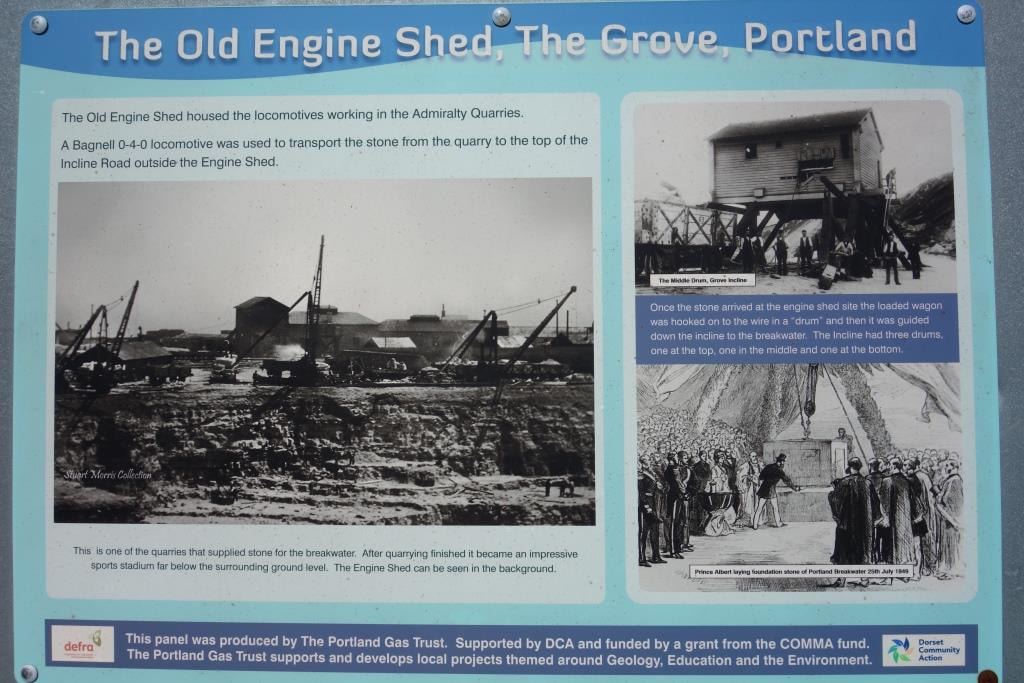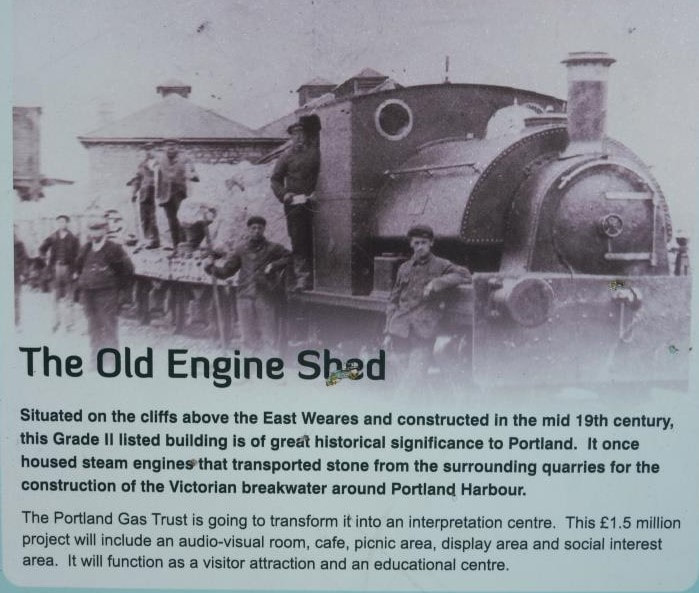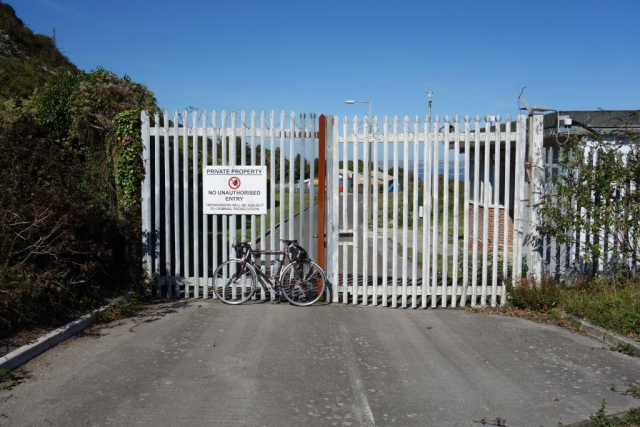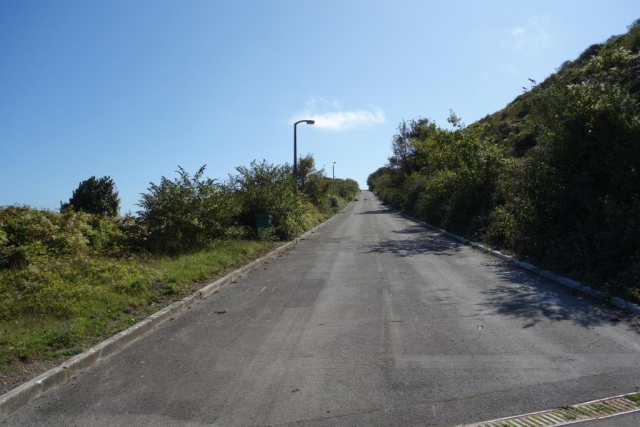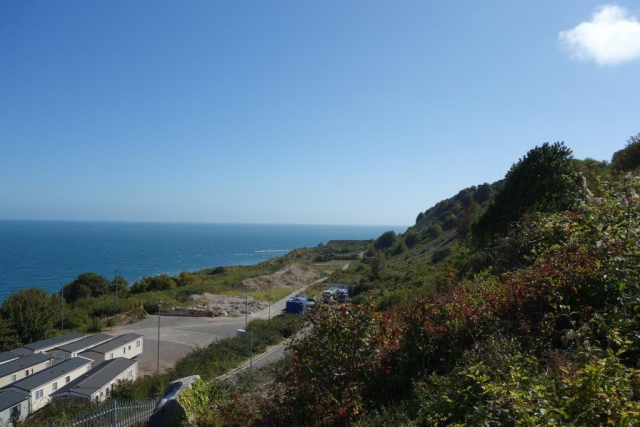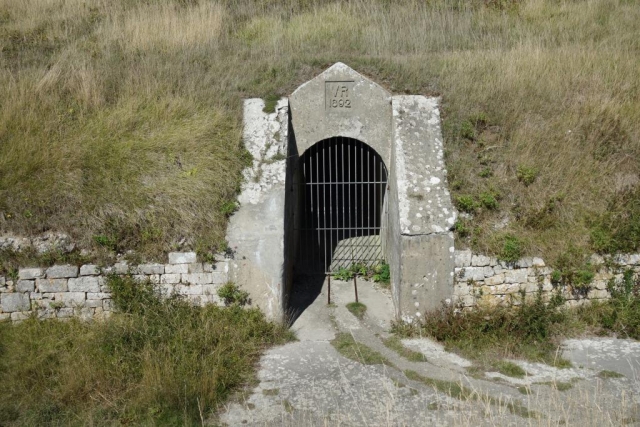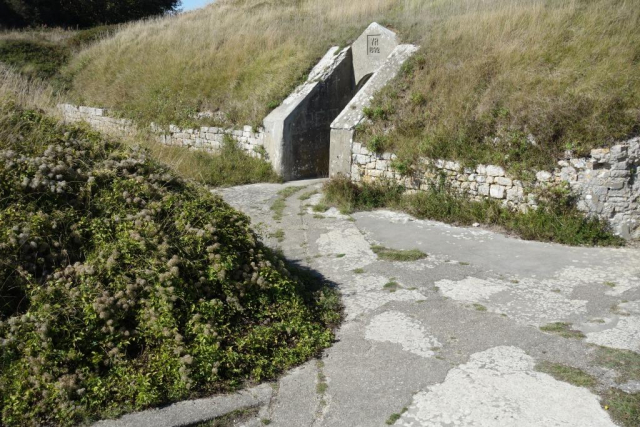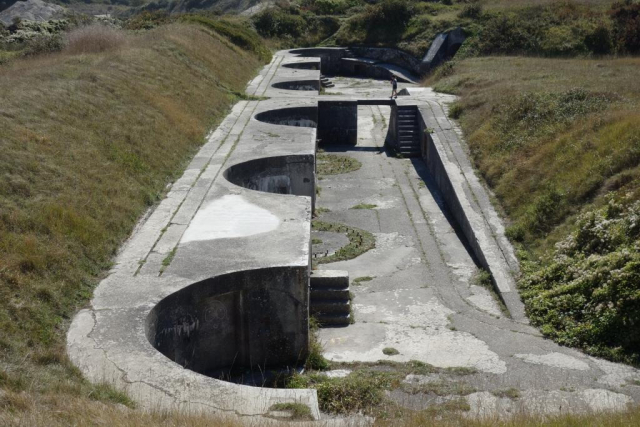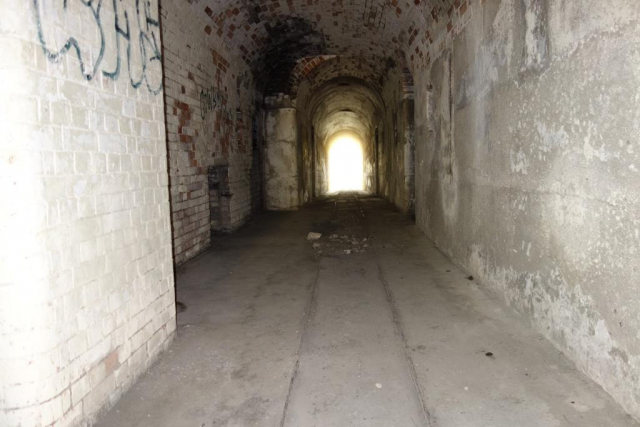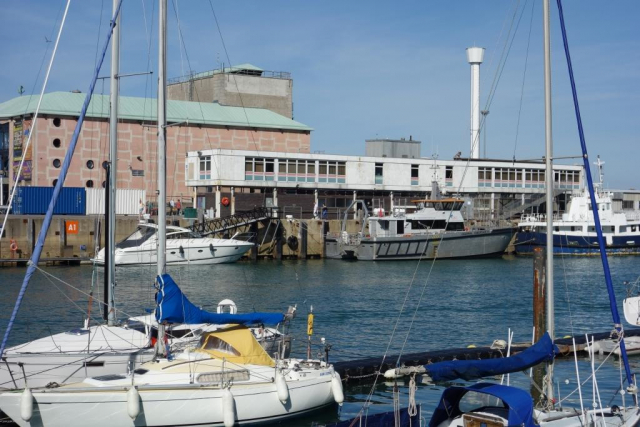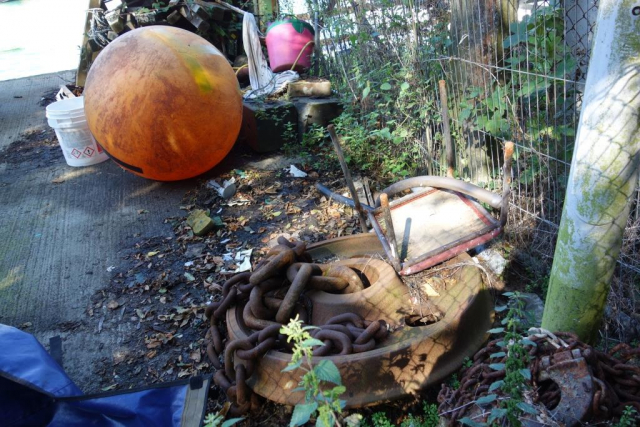On Saturday, 14th September 2019, the scout joined the 0815 Okehampton to Weymouth charter at St. David’s and put his bike in the van. He hadn’t booked and so handed a cheque to the OkeRail organizer, Kevin Ball.
On arrival, he took in the atmosphere on the front, went to Quay Station and followed the tramway as far as Town Bridge, then joined the path along the former branch at Westham Halt. For a change, at Fortuneswell he took Old Road up to the summit, a very severe climb; he could see why New Road was needed. After gazing in wonder at Chesil Beach and the Dorset coastline, he found a gap in a wall along Grove Road where the unmarked Incline Road started. This led to the head of the incline where stands a fine old engine shed.
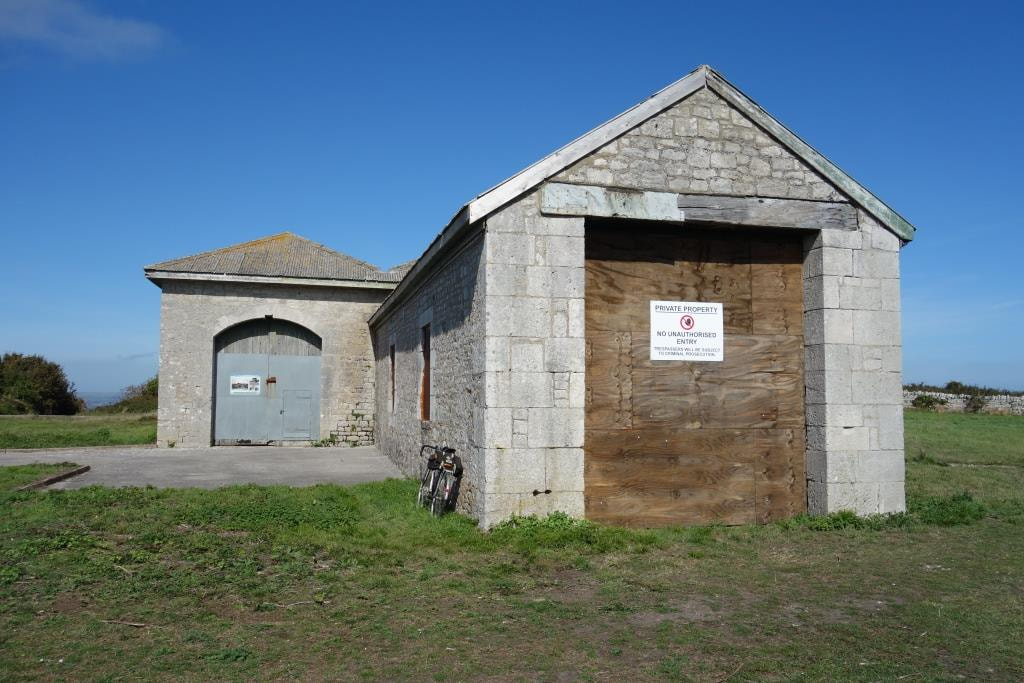
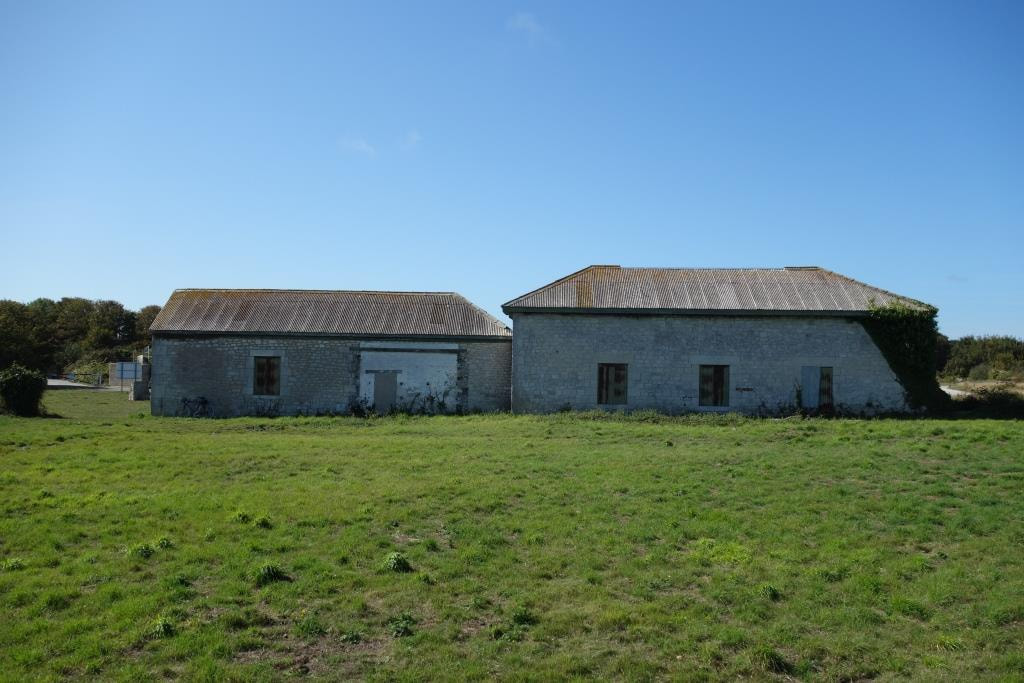
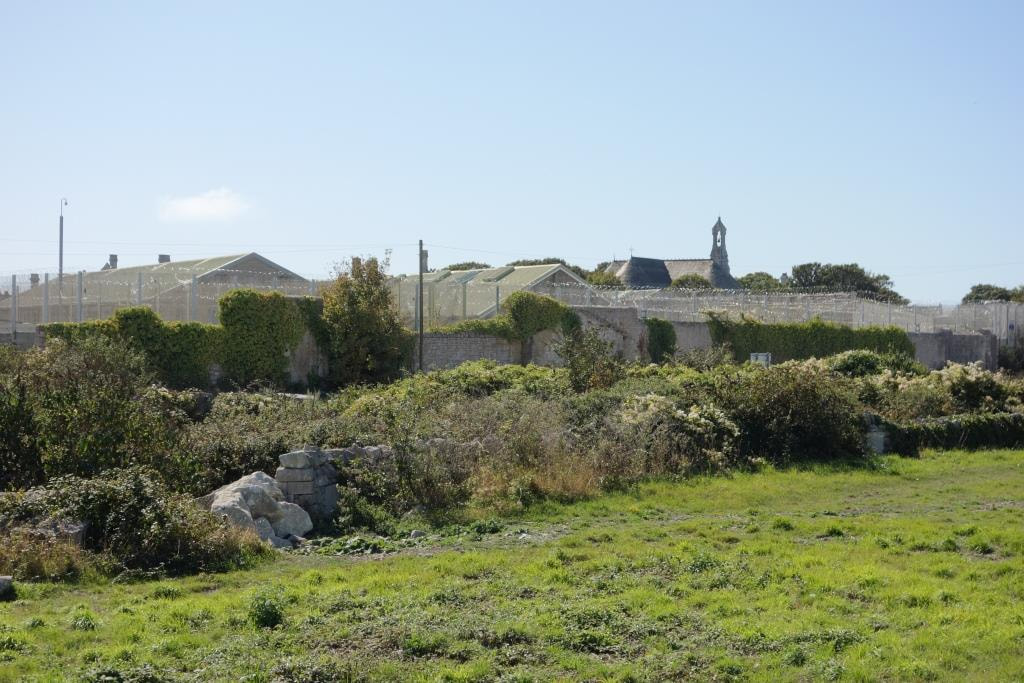
The scout had been very near here before when he had descended the cliff and joined the course of the branch to Easton. Three friends from Dartmoor Railway had taken the open-topped bus to Easton and done the same route the other way, passing this spot on the way back to the main road. Tom Baxter found this link to the open day that was held here.
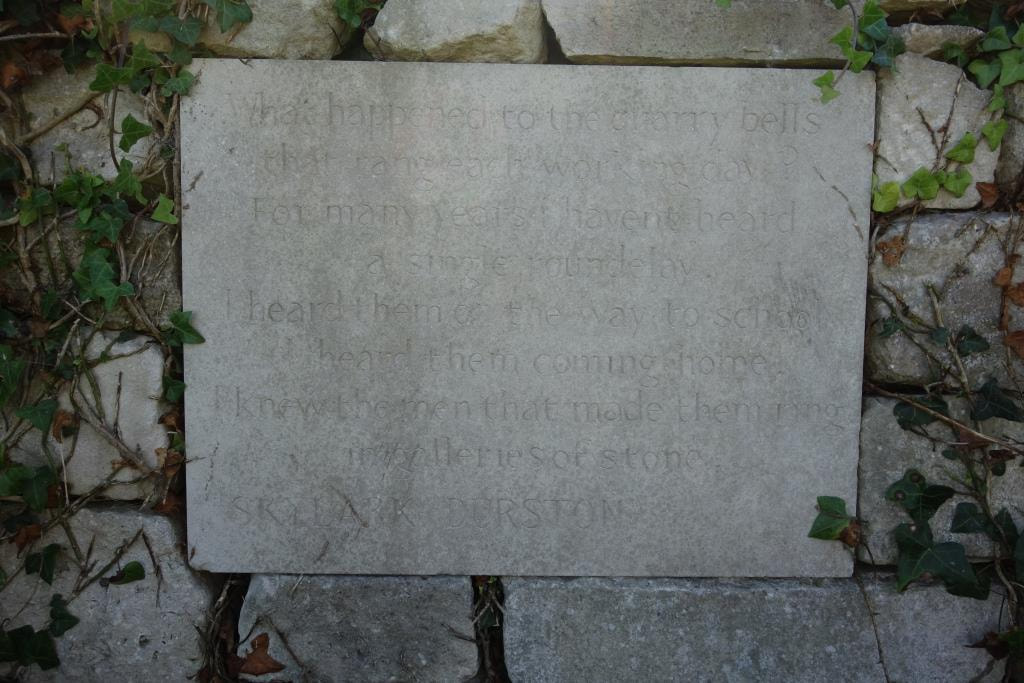
What happened to the quarry bells
that rang each working day?
For many years I haven’t heard
a single roundelay.
I heard them on the way to school
I heard them coming home.
I knew the men that made them ring
in galleries of stone.
A stone set in a wall near the engine shed carries a verse by local poet, Skylark Durston, lamenting the decline of quarrying.
Reading this put the scout in mind of words that Dr. Tom Greeves had written. The Dartmoor legend had to remind the scout where he’d read: “Twas purty to hear the jumpers going.” This was taken from a conversation Tom had had with Sidney French of Middle Merripit (1889-1976) in February 1974, for whom the sound of stonecutting (jumpers are long iron bars used for drilling holes in rock) on open moorland was music to his ears. Tom added: “This deep felt appreciation, and almost poetic imagery, of work in the landscape seems far removed from the national park ethos.”
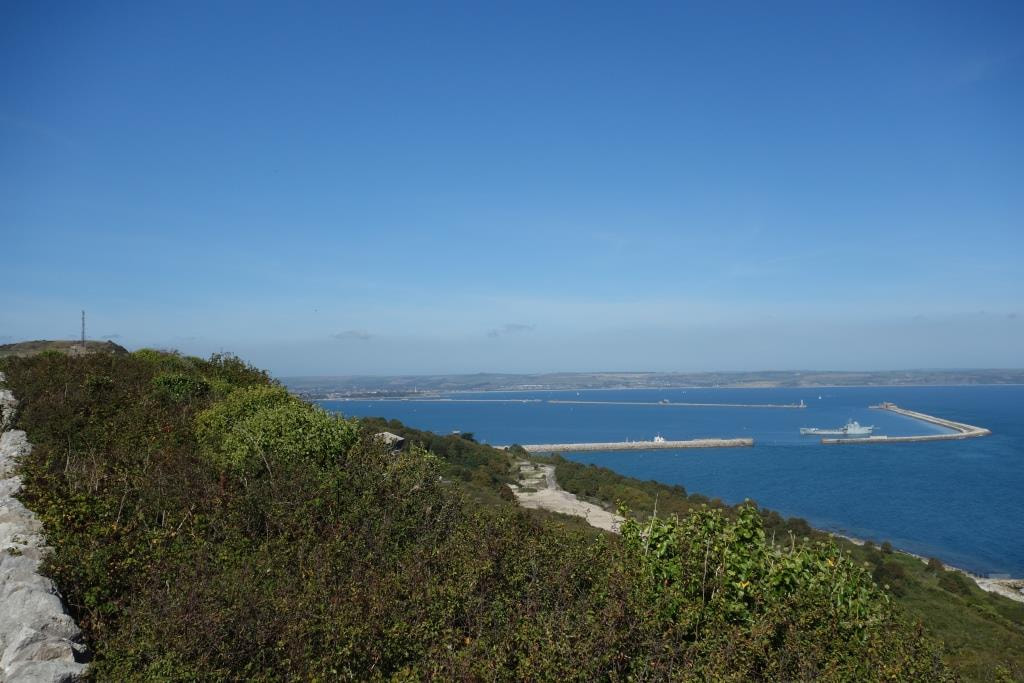
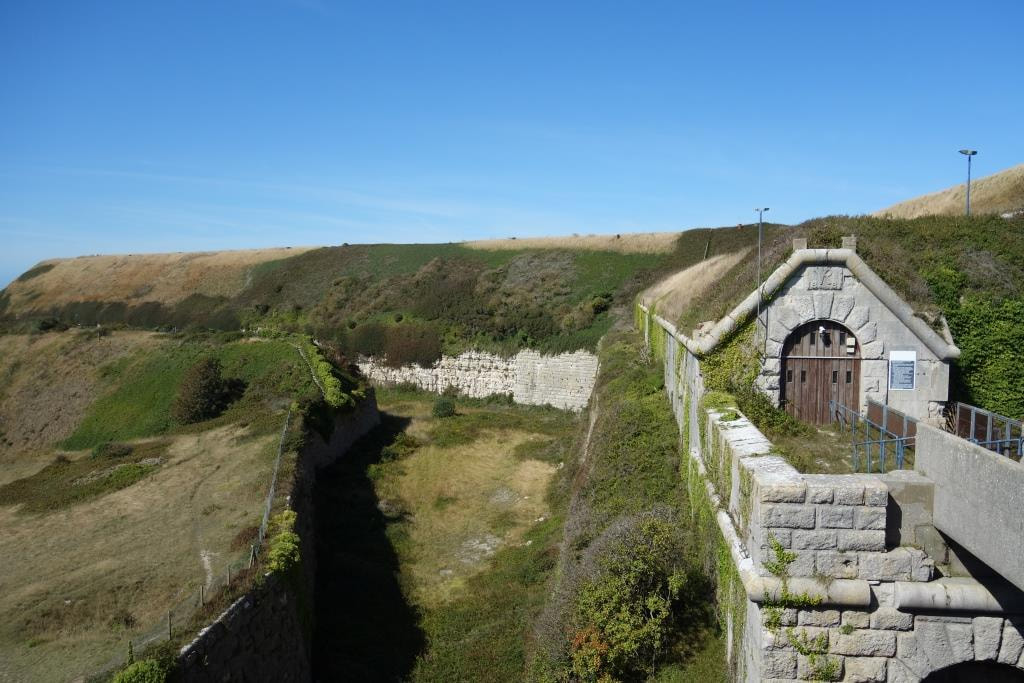
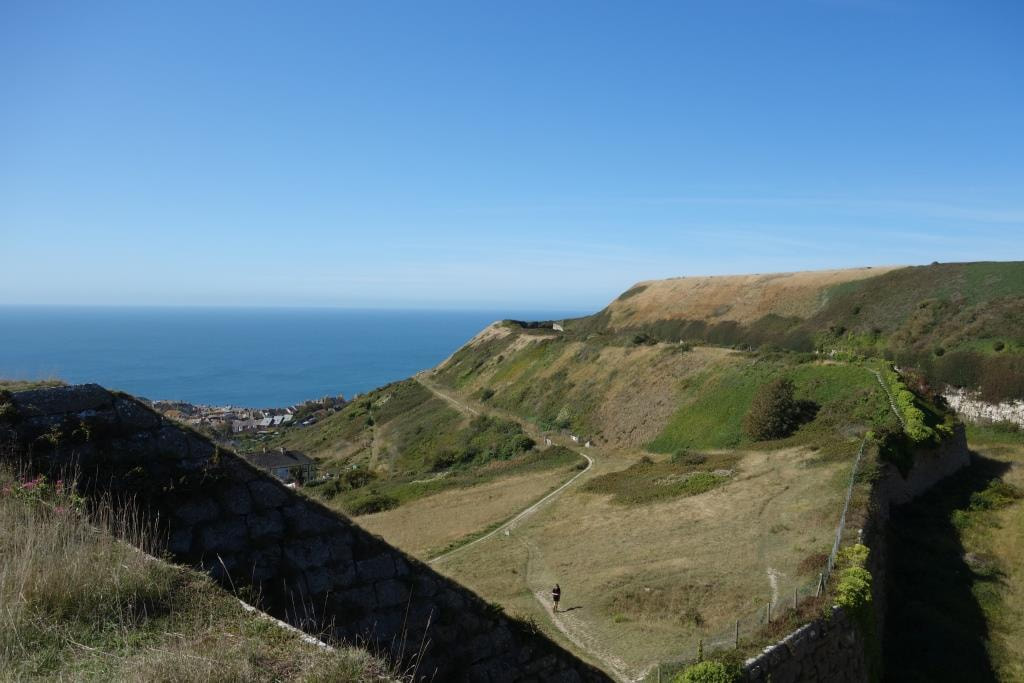
From South Pier, where the scout sat in glorious sunshine and ate his lunch, both stations could be seen but he didn’t think it would make much of a photograph.
This was a great day out made possible by OkeRail. Being honest, the scout was looking forward to experiencing an open window, just as he’d done three years before on the Weymouth Wizard, but those days have gone: at the insistence of Network Rail (and everyone knows why), there were stewards in every vestibule of the H.S.T’s. five trailers.

